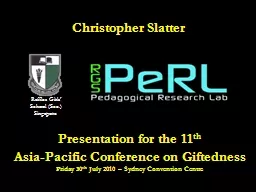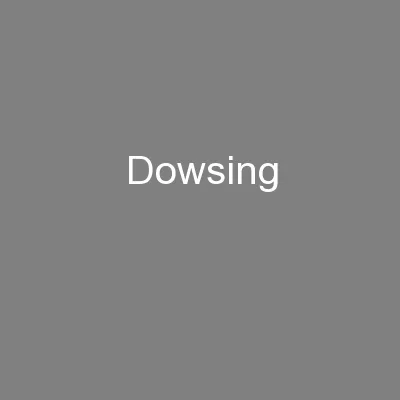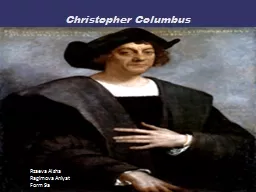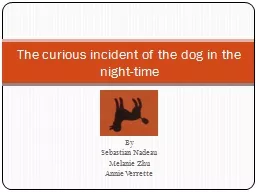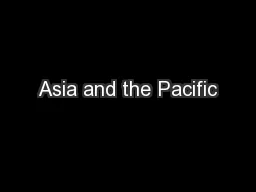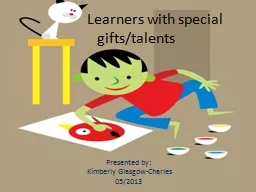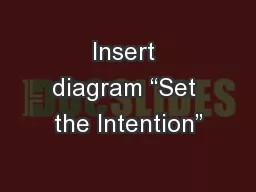PPT-Christopher Slatter Presentation for the 11 th Asia-Pacific Conference on Giftedness
Author : kittie-lecroy | Published Date : 2019-11-01
Christopher Slatter Presentation for the 11 th AsiaPacific Conference on Giftedness Friday 30 th July 2010 Sydney Convention Centre Raffles Girls School Sec Singapore
Presentation Embed Code
Download Presentation
Download Presentation The PPT/PDF document "Christopher Slatter Presentation for the..." is the property of its rightful owner. Permission is granted to download and print the materials on this website for personal, non-commercial use only, and to display it on your personal computer provided you do not modify the materials and that you retain all copyright notices contained in the materials. By downloading content from our website, you accept the terms of this agreement.
Christopher Slatter Presentation for the 11 th Asia-Pacific Conference on Giftedness: Transcript
Download Rules Of Document
"Christopher Slatter Presentation for the 11 th Asia-Pacific Conference on Giftedness"The content belongs to its owner. You may download and print it for personal use, without modification, and keep all copyright notices. By downloading, you agree to these terms.
Related Documents

